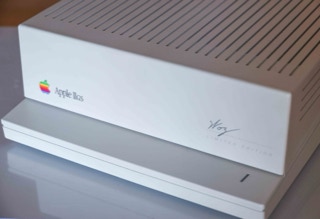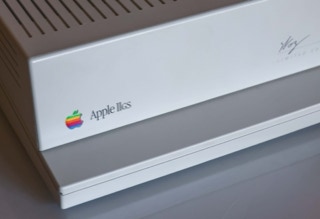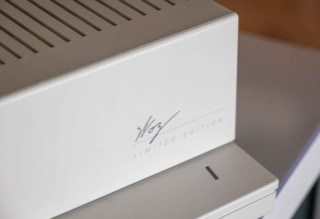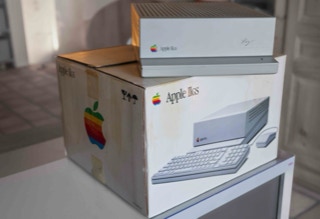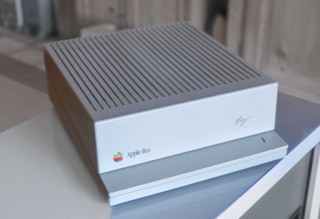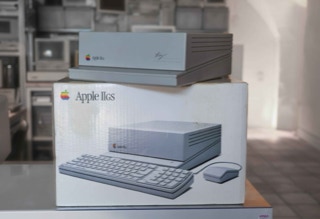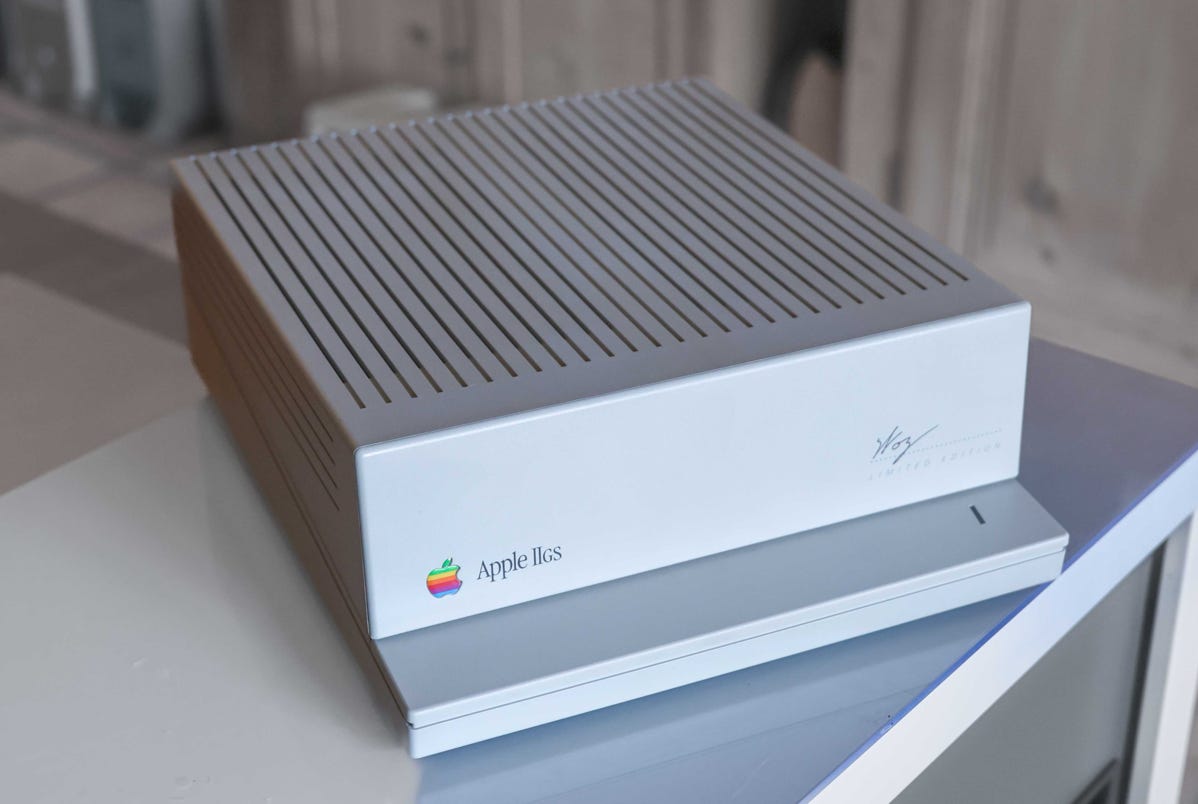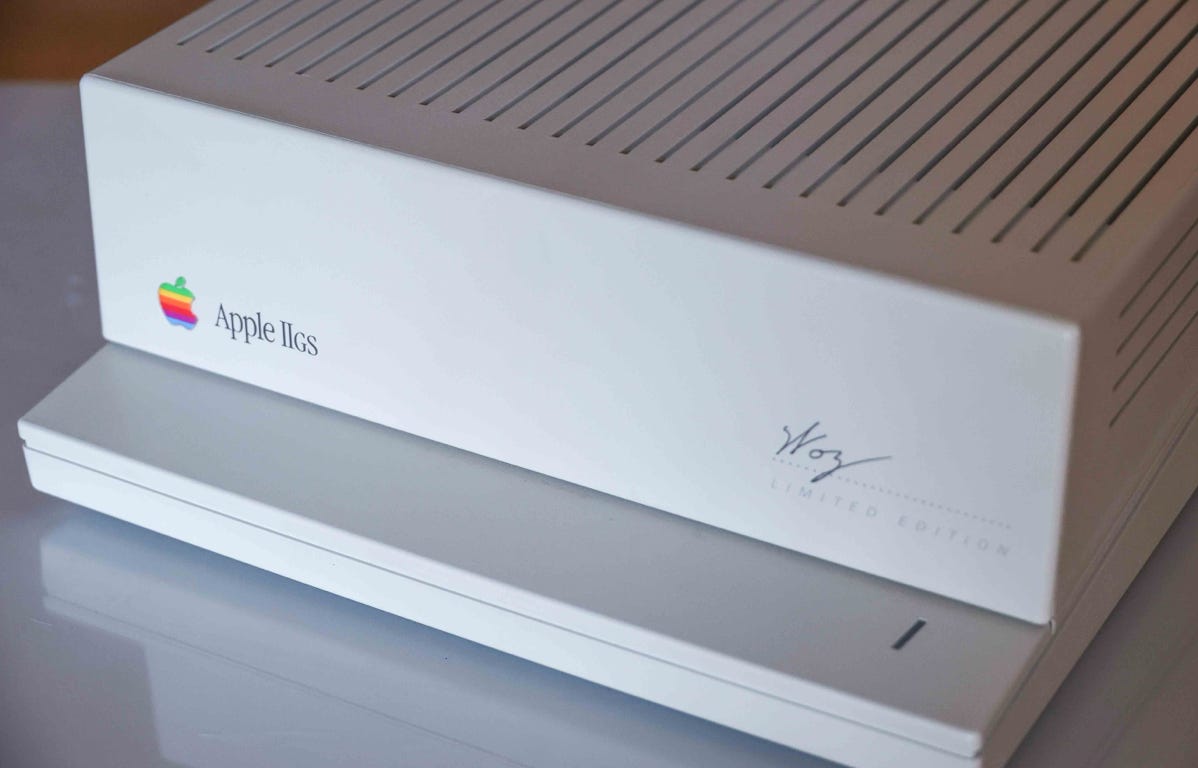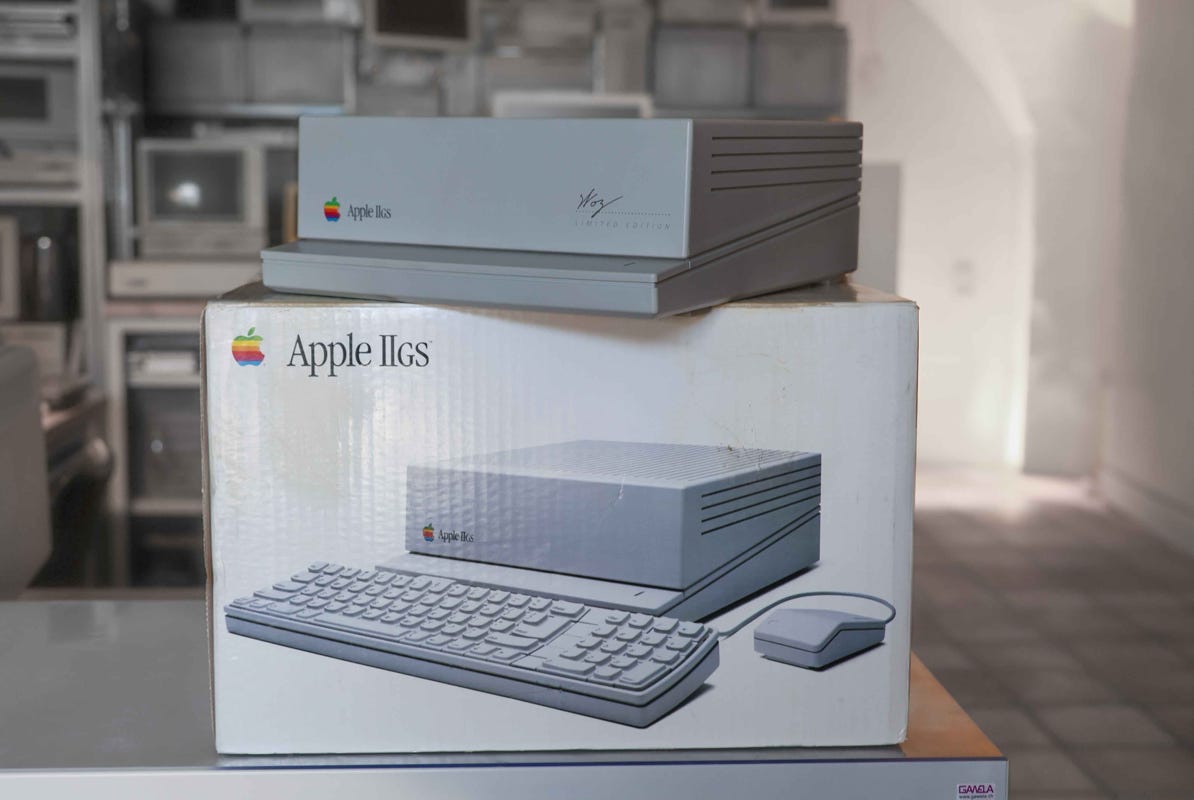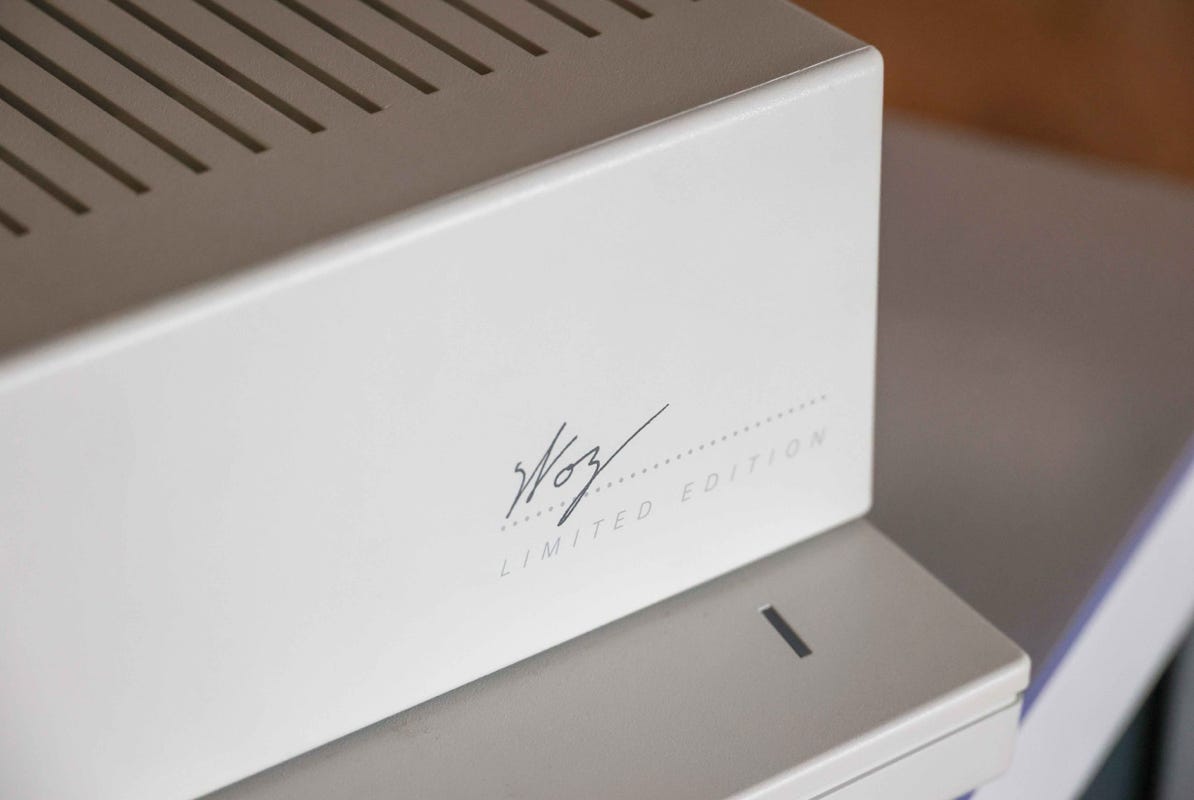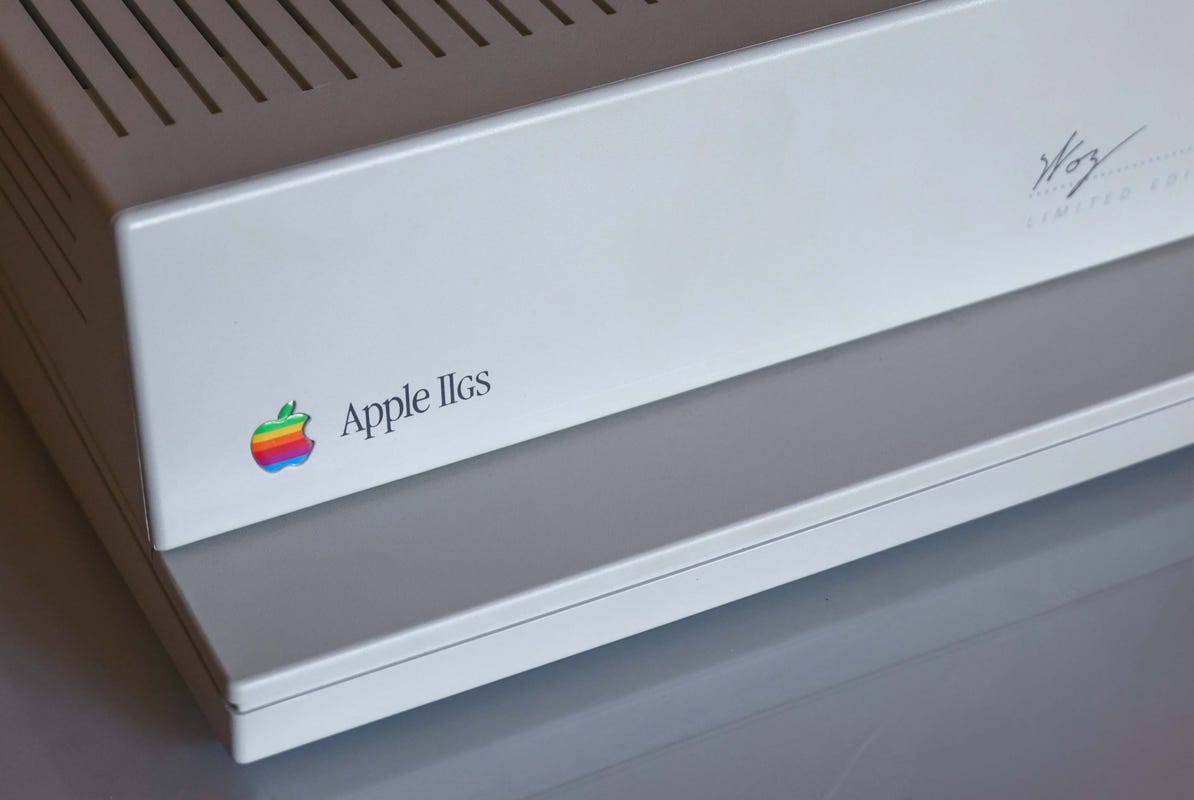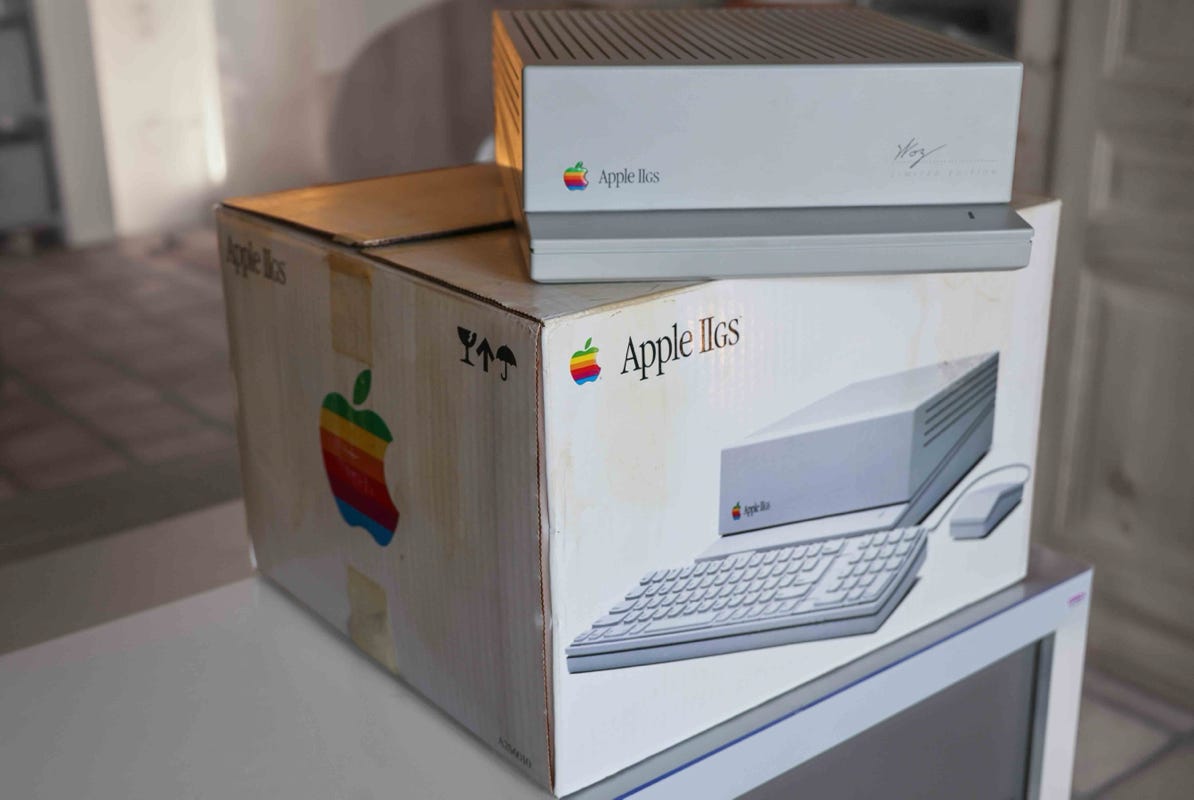apple IIgs
The apple IIgs was a radical departure from the existing apple II line, featuring a true 16-bit microprocessor, the 65C816, running at 2.8 MHz with 24-bit addressing and allowing expansion up to 8 MB of RAM. It introduced two entirely new graphics modes with higher resolutions and a palette of 4,096 colors; however, only 4 (at a resolution of 640 × 200) or 16 (at a resolution of 320 × 200) colors per line could be used. The apple IIgs differed from all previous (and future) apple II models by evolving the platform and introducing it into the next generation of computers while maintaining almost complete backward compatibility. The secret to the apple IIgs’s compatibility was a single chip called the mega II, which contained the functional equivalent of a complete apple IIe computer (minus the processor). This, combined with the flawless 65C02 emulation mode of the 65C816 processor, enabled full support for older software. The computer also included a 32-voice ensoniq 5503, a wavetable-based music synthesizer chip with 64 KB of dedicated RAM, 256 KB of standard RAM, integrated peripheral ports (switchable between IIe card slots and IIc onboard controllers for hard drives, mouse, RGB video, and serial devices), integrated AppleTalk networking, and a ROM toolbox supporting a graphical user interface derived from the macintosh toolbox. The computer could run existing 8-bit apple II software but also supported 16-bit software under a new operating system, initially called ProDOS 16 and later GS/OS. The new operating system finally included a Finder that allowed you to manage hard drives and files, open documents and applications, and access desktop accessories – just like on the macintosh.



